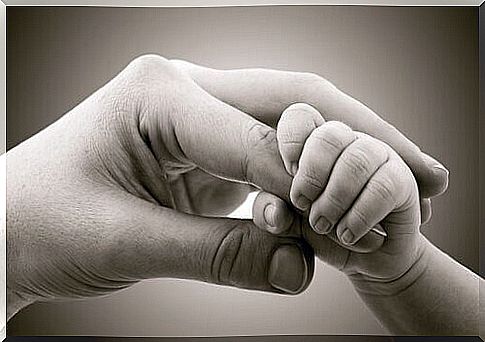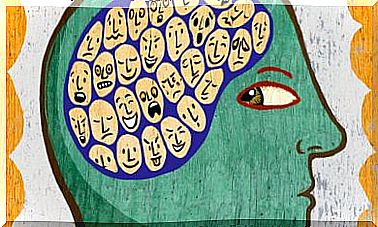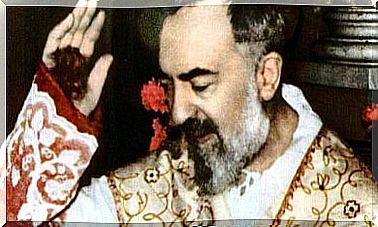The Neurobiology Of Human Attachment

Attachment is a hallmark of mammals. For this reason, the study on the neurobiology of human attachment is also based on studies carried out on animals. According to recent research, it appears to be based on the influence of oxytocin and dopamine on the striatum.
What is certain is that in the course of life the different human bonds share the neurobiology on which they are based. In general, they are characterized by the synchrony of behavior and the integration of cortical and subcortical networks involved in reward and motivation mechanisms, integrated simulation and mentalization.
The neurobiology of human attachment
According to Ruth Feldman, a researcher in the field of neurobiology of human bonds, the study of attachment between mammals must be done from a developmental perspective. The associative cerebral cortex is mostly connected to the earliest experiences during the early stages of children’s growth (2-4 years of age).
The bonds that are created subsequently, both of love and friendship, reuse the basic mechanisms established by the primordial mother-child bond during the very first “sensitive periods”.
These “sensitive periods” are defined as well-defined windows of time, which are created in the very early stages of life, when the brain must experience certain environmental contributions that favor the right maturation (5). In the context of attachment, these include behaviors typical of the education of the species.

Proposals for the neurobiological model of human attachment
In her research, Dr. Feldman brings together some proposals of the neurobiological model of human attachment :
- Research on human bonds provides a development perspective. Hence, the link between mammals would be supported by neurobiological systems. These are shaped by the mother’s relationship with the offspring, during the early sensitive periods (6).
- Continuity in neurobiological systems nourishes human bonds, so these bonds reuse the basic mechanism established by the father-son bond in the formation of other bonds that will be produced in the course of life, such as relationships of love or deep friendship (7) .
- Human relationships are selective and lasting. The bonds are aimed at attachment and last for long periods, even for a lifetime (1).
Other proposals on the neurobiology of human attachment
- The bond is based on the behavior generated by the expression of the specific behavior patterns of the species, of the person and also of the culture. This link involves bottom-up processes. The union-associated brain and neuroendocrine systems are activated by attachment-associated behavior. (4.8).
- The synchrony of biological behavior is a key feature of human attachment. Hence, such attachments are characterized by the coupling between non-verbal behavior and the coordinated physiological response between partners during social contact (9).
- The central role of the oxytocin system and the dopamine-oxytocin connection are involved in human motherhood. Also in parenthood, co-parenting, romantic relationships and deep friendship. The integration of oxytocin and dopamine into the striatum equals union, immersing the bonds in motivation and vigor (10).

Further proposals …
- Bonding involves greater activity and greater interaction between relevant systems. Activation and closer links between systems that support parenting, reward, and stress management are observable during bonding periods. (11)
- Human relationships promote homeostasis, health and well-being throughout life. Social bonds also improve health and increase happiness. Conversely, social isolation increases stress, promotes health deterioration and death (12).
- Attachment patterns are passed down from generation to generation. Behavioral patterns experienced in very early childhood predispose the availability of oxytocin and the location of the receptor in the infant’s brain. Hence, they configure the ability to educate the next generation (13, 14).
In the end…
- The human brain is an organ predisposed to the mother-child relationship and proximity to the mother’s body in order to function in the context of social ecology. The immature brain of the young mammal at birth needs to be close to the mother, who breastfeeds the brain as a “predisposed” organ that continually responds to social stimuli (15).
- Human bonds experienced throughout life are transformative. They have the power to redress the damage of early childhood negative relationships through subsequent positive relationships. The great plasticity of the human social brain and its nature, based on behavior, allow the bonds to come to reorganize the neuronal networks and remedy – at least in part – the very first negative experiences (16).
In light of the above, it seems that the neurobiology of human attachment founds its basis on the interaction between oxytocin and dopamine in the brain. Furthermore, it seems that these systems are reused later for the subsequent relationships we will form in life, such as friendship and love.









